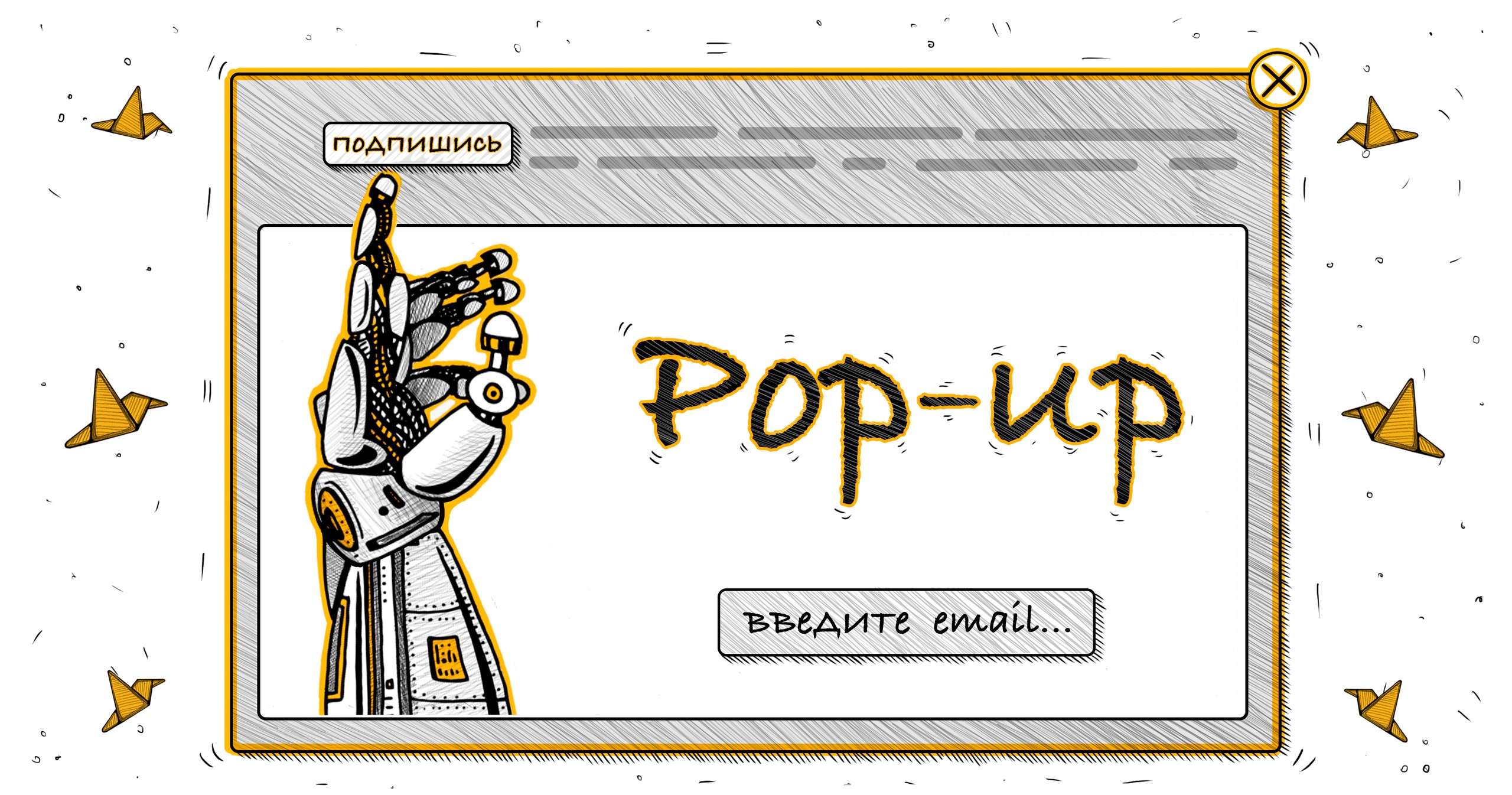The article explains how applying psychological principles in pop-up design can enhance their effectiveness. Key aspects discussed include capturing attention, creating a sense of urgency.
Pop-ups are a powerful tool for engaging users. They can be used for collecting subscriptions, promoting offers, or gathering feedback. However, to be effective, pop-ups need to consider psychological aspects of perception. In this article, we will explore how to apply psychology in pop-up design for maximum effectiveness.
1. Capturing Attention
The first thing a pop-up should do is capture the user’s attention. Use bright colors and large fonts to highlight important elements. Color psychology indicates that certain colors evoke different emotions. For example, red can create a sense of urgency, while blue conveys trust.
2. Creating a Sense of Urgency
Utilize timers or limited-time offers to create a sense of urgency. Psychological research shows that scarcity can prompt users to act more quickly to avoid missing out on a deal.
3. Social Proof
Incorporating elements of social proof, such as user testimonials or subscriber counts, can enhance trust in your offer. People tend to trust the opinions of others, especially when supported by statistics.
4. Personalization
Personalized pop-ups that take into account user behavior on the site can significantly improve effectiveness. For instance, if a user has already viewed certain products, the pop-up could offer a discount on them.
5. Simple and Clear Interface
Avoid overwhelming the pop-up with information. Use clear and concise messaging so users can quickly understand what is being asked of them. The simpler the interaction, the higher the likelihood of a positive response.
Conclusion
Utilizing psychology in pop-up design can greatly enhance their effectiveness. Apply these tips in your practice, and you will see how user engagement improves.
